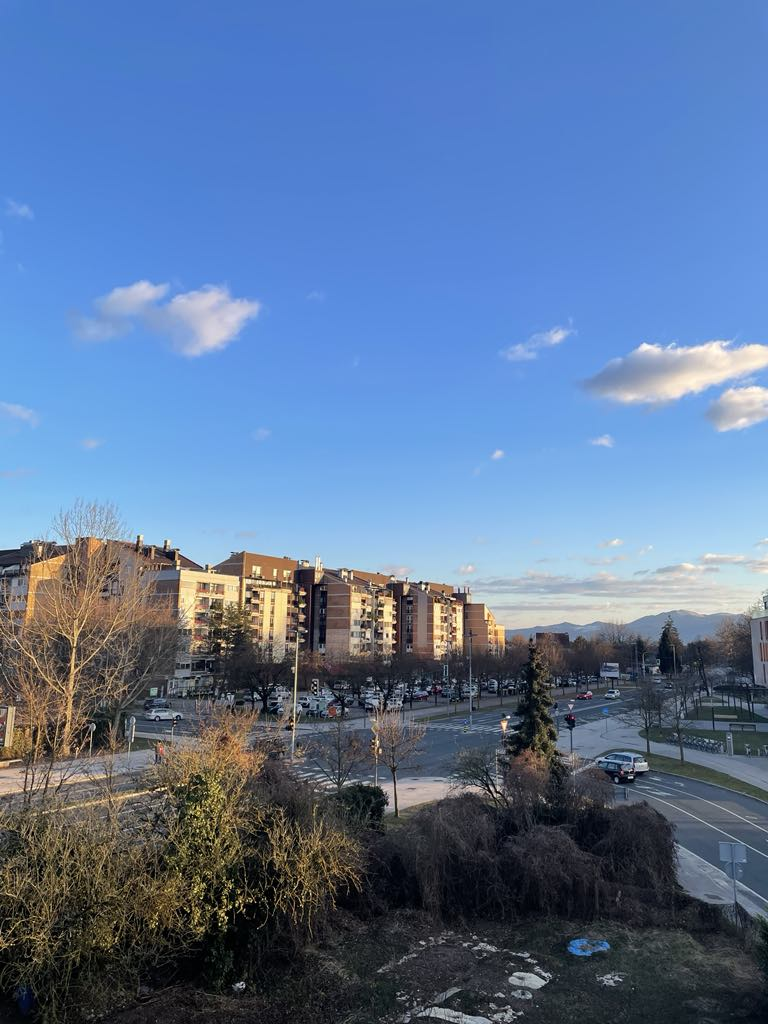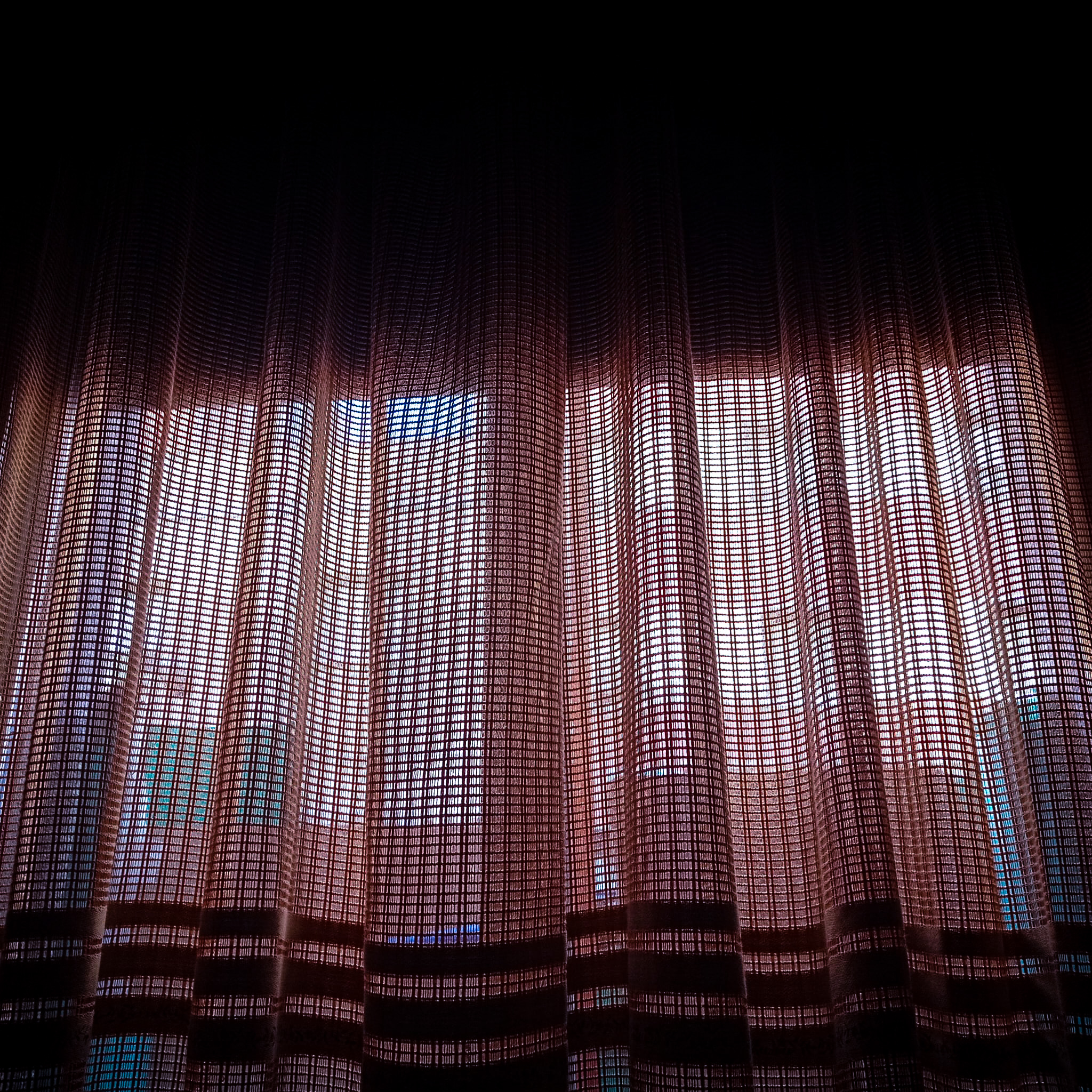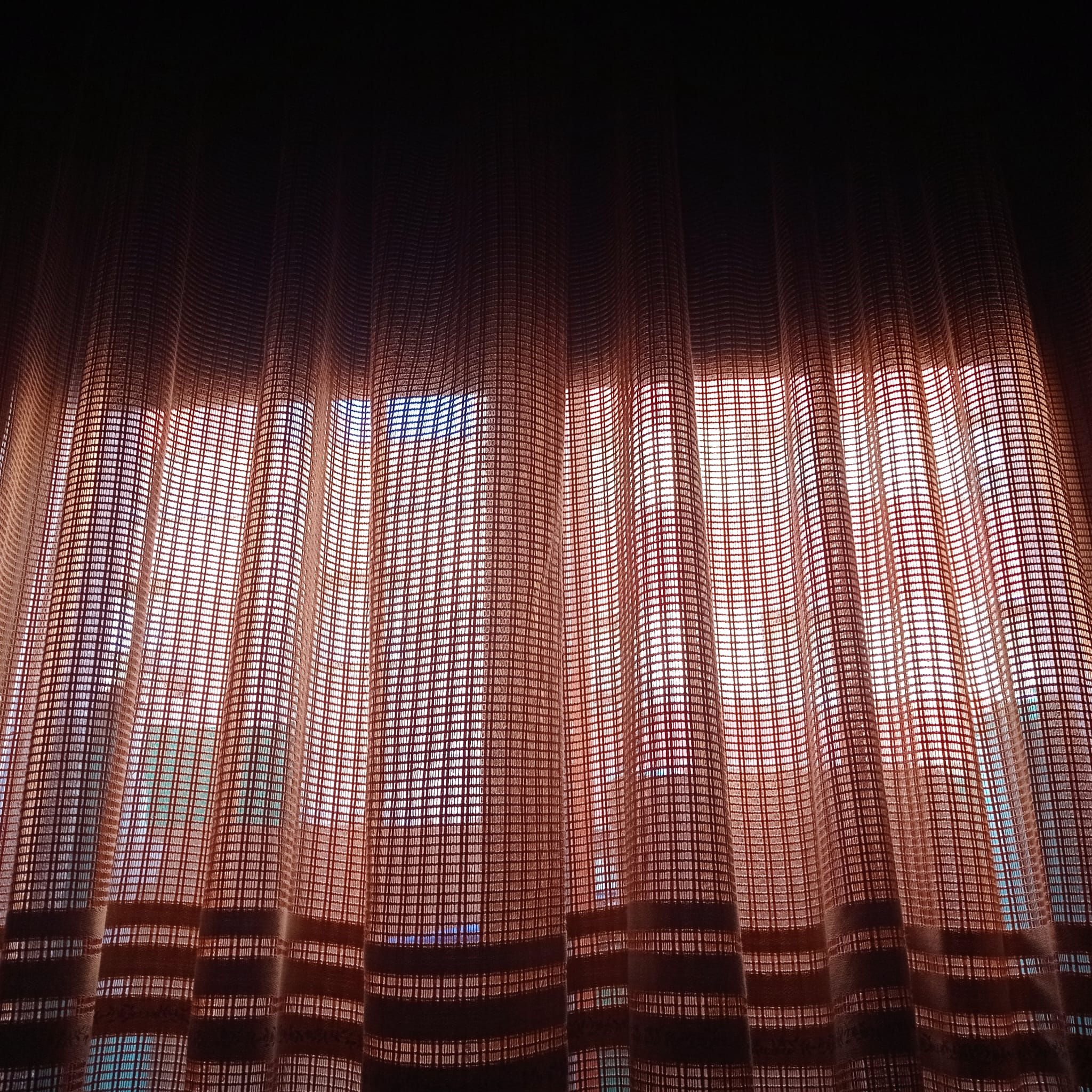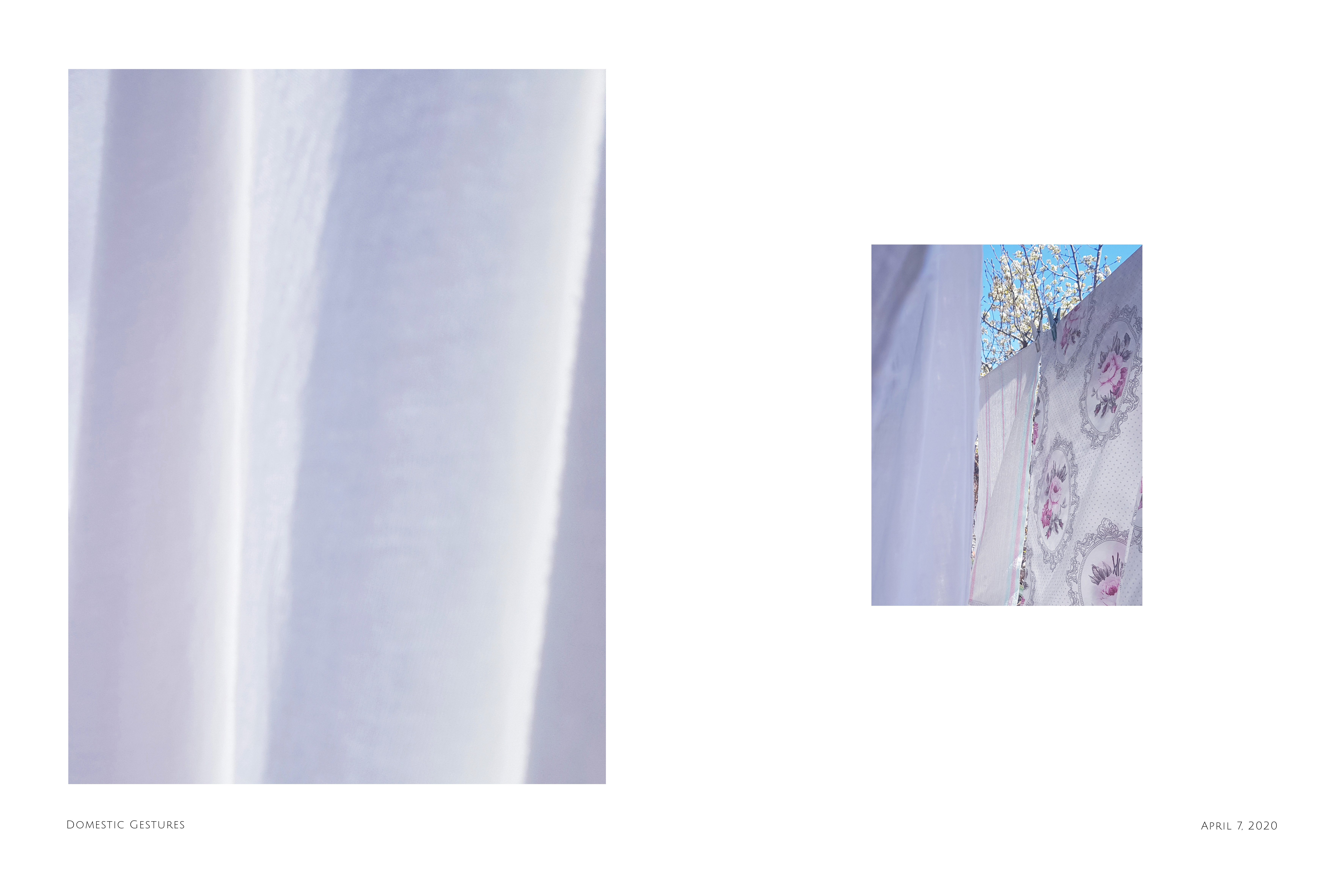
15/06/25
Trnovo: A Personal Spatial History
Andraž
The Trnovo housing blocks are a residential neighbourhood in Ljubljana, located very close to where I live. I have observed and experienced this spatial environment throughout my life, and now, reflecting on it as an architecture student, I find it fascinating how my relationship with the place has evolved over the years.
As a child, I played on the playground beneath the buildings. In primary school, I spent time on the elevated ground floor above the garages. During high school, the same spaces served as informal gathering spots before concerts—places for drinking, smoking, and socializing. Today, I return not to use the space, but to observe it: to admire its spatial logic, materiality, and the subtle ways it has shaped my perception of architecture and public space.

31/05/22
An ode to laundry
Nives Otaševič
I try to do my laundry at the end of every week.
When the morning sun is touching my balcony doors, I feel motivated to do it early in the day, so the clothes and linen can get a good amount of fresh sun rays.
I can see people around putting their fresh laundry in a rooftops of apartment buildings. Probably because the awnings and the greenery on their balconies are shading them too much. Big bed linens are dancing between antennas and sun panels where they are becoming a standard part of window views.
In our balcony we don’t have an awning because our landlord is too penny-pinching, so my washings always have an opportunity to be touched by the sun, even if I leave them inside. The shadows of clothes can play freely, without interruptions by branches of greenery.
Sometimes I’m too indolent to organize washing schedule with other room-mates and I’m postponing it until I’m out of clothes to wear. In the meantime, my laundry stand is staying open for more days as it is necessary. I like the feeling of having my clothes hanging around, where they are co-living with my other small pieces. Together they are presenting my characteristics in personal, weekly changing pop-up exhibitions.
The process of doing the laundry feels like the process of communicating with neighbours. In the mornings I can hear their washing machine. I’m guessing that they are an older generation because they wake up so early, maybe they are having a siesta in the afternoon. We are talking through smells of our washed clothes being merged into each other.
I’ve done more than 50 laundries in this place, and I have around 5 of them left. The practice of doing the laundry is moving with me and through it, I become a part of a surroundings. It is hard to define my home, but wherever I’m doing my laundry, I feel like I’m able to describe it as my domestic place.
Winner of the second prize of the A-Place Mapping contest "Share your experiences of domestic places" 2022

16/05/22
The curtain light
Abdul Kafeel
The light coming in through the curtain of my bedroom window wakes me up every morning to say good morning. I drink tea while I open the curtains to start the day.
Good morning Barcelona ...

09/05/22
Conciencia y agradecimiento
Terry
Donde estoy?
Conciencia material, habito este cuerpo.
Boca seca, donde esta el vaso con agua? sabor a una noche pasada, trago con dificultad, boca seca, sed, trago de nuevo y por impulso abro los ojos, observo, respiro.
Agradezco y me levanto.

09/05/22
The curtain light
Abdul kafeel
La luz que entra por la cortina de la ventana de mi dormitorio me despierta cada mañana para darme los buenos días. Bebo un té mientras abro las cortinas para empezar el día.
Buenos días Barcelona...

21/04/22
Domestic Gestures
Ana Jovanovska
Domestic Gestures is a part of The New Normal series which is a personal documentary project, accumulative, poetical, and a longful one, in a time of physical distancing and social solidarity, police curfews, and restrictions. It exists as a way of making sense of and record the passing of time.

14/06/21
Power of ‘Place’
Lakshmi Priya
The image is set against the massive compound wall of the 8th century Sri Parthasarathy temple complex dedicated to Lord Krishna located at Tiruvellikeni, Chennai. Deriving its name from the holy tank, Tiruvellikeni remains subconsciously indissociable with the temple context.
The image captures a scene of the weekly market held along the streets bordering the temple complex. The market is a major attraction amongst the local people as it offers a variety of things catering to all age groups, from toys to household utensils at a reasonable price. Apart from this, the market is especially popular for its additional entertainment such as balloon shooting, ‘robot’ astrology and handicraft making, adding more vibrancy to the overall experiences of the market.
Interestingly the mind’s eye needs to delve deeper into the multiple layers embedded within the scene to comprehend the underlying connotations of peoples’ lived experiences of the marketplace. Amidst all these ‘visible’ aspects of the market, a significant feature that blends perfectly with the colourful and lively ambience so as to transform itself almost into an ‘invisible’, is the temple’s compound wall. Humbly playing a perfect backdrop for the shops arranged along its entire length, it firmly connects people with the context at various levels. Functionally its physical continuity creates a sense of direction and movement for people amidst the busy and crowded settings of the market environment. In its immediate context the temple’s compound wall partly painted (red and white) below symbolising auspiciousness and its natural colour and texture on the top evoking a strong sense of past, plays a passively active role in reassuring the cultural identity of people. In the larger context, the temple itself acts as a metaphor for continuity in time, subconsciously providing the required sense of stability and security amidst the rapid changes of modern society.
Linked strongly to the temple context, the tangible aspects of the marketplace, people, objects and colours interpenetrate and superimposes onto one other, creating a strong sense of identity both at an individual and collective level. There exists a momentous transactional relationship between people and the place, where people identify themselves with the place and in turn, the place reciprocates in reassuring their identity physically, symbolically and metaphorically thereby firmly anchoring people to their lives. This great ability of place to ‘orient’ people amidst the rapid changes of modern society is a panacea for the present era of alienation. Remarkably, the wall not only acts as a physical backdrop for the market but unconsciously ‘situates’ people in their everyday living, establishing a profound and meaningful relationship with the physical world –the very essence of human existence.
The market scene epitomises the richness of intangible aspects of places rendering the meaning to our tangible experiences in everyday life, asserting the extraordinary power of ‘place’.
Winner of the fourth prize of the A-Place Mapping contest "Share your experience of places" 2021